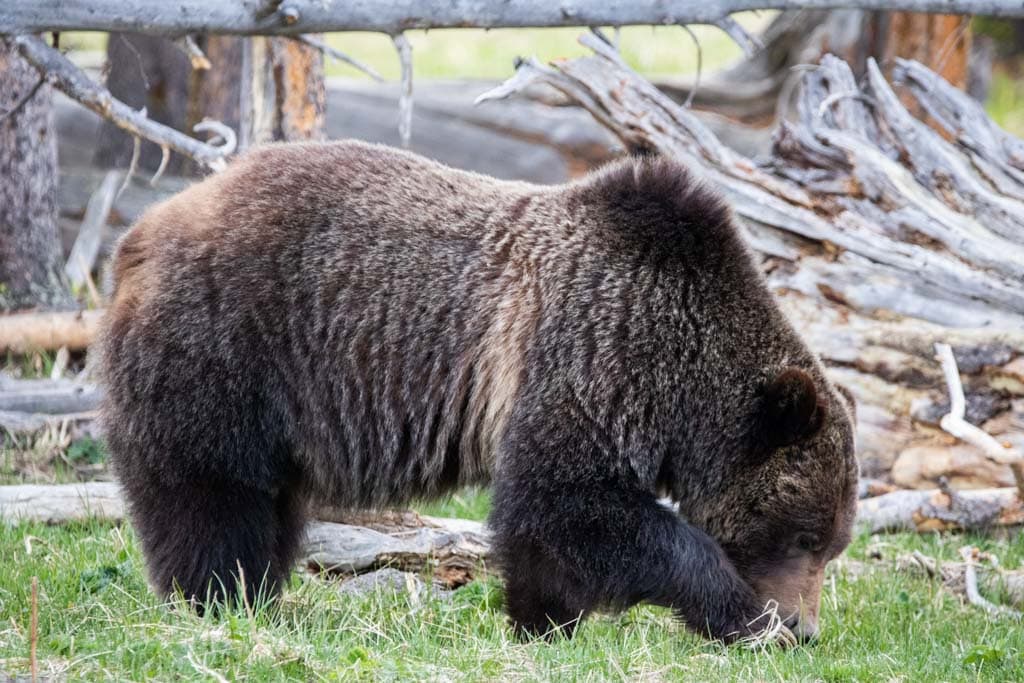USFWS Maintains Endangered Species Act Protection for Grizzly Bears
Grizzly bears in the Northern Continental Divide and Greater Yellowstone ecosystems, as well as elsewhere in the northwest, will continue to be protected under the Endangered Species Act, the U.S. Fish and Wildlife Service (USFWS) announced today.
They also announced a new and comprehensive approach to long-term grizzly bear recovery in the lower 48 states and the concerns of those living with and near bears.
Grizzly Bears to Maintain Protected Under Endangered Species Act
“The Service is proposing a rule to clarify the geographic area where grizzly bears in the lower 48 states are subject to protection under the Endangered Species Act,” they said in a press release. “The Service also proposes revisions to the current protective regulations to provide additional management flexibility for authorized agencies and individuals experiencing conflicts with grizzly bears.”
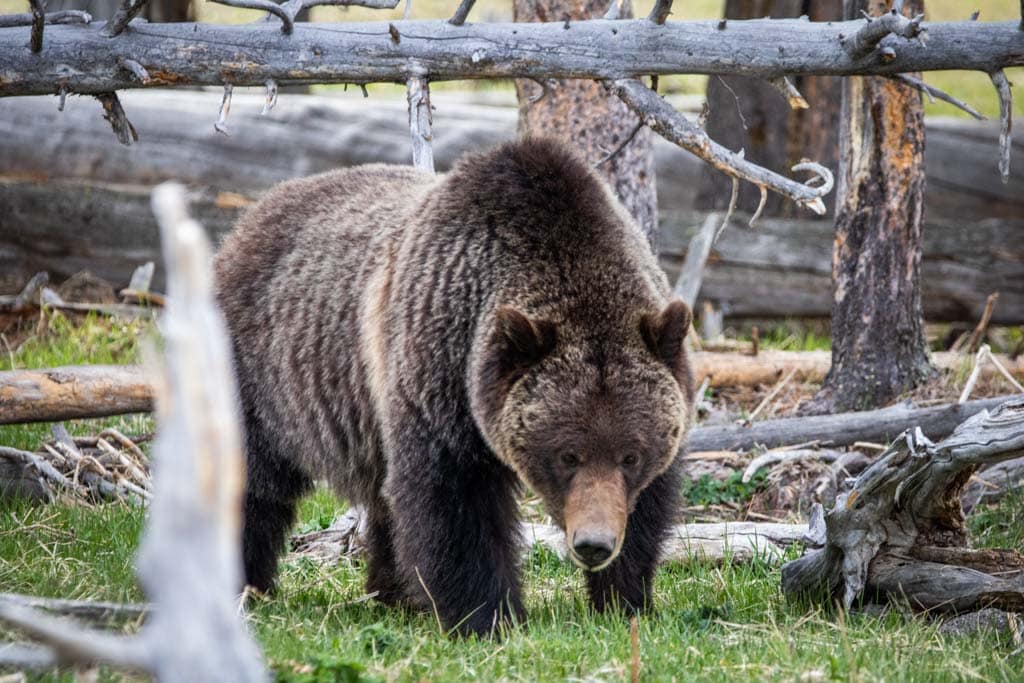
Additionally, the USFWS is publishing an independently peer-reviewed updated species status assessment that compiles the best available scientific information, which helps to inform decision-making.
“This reclassification will facilitate recovery of grizzly bears and provide a stronger foundation for eventual delisting,” said Martha Williams, U.S. Fish and Wildlife Service Director. “And the proposed changes to our 4(d) rule will provide management agencies and landowners more tools and flexibility to deal with human/bear conflicts, an essential part of grizzly bear recovery.”
One Single Grizzly Distinct Population Segment (Instead of Several Separate Ones)
Grizzly bears were listed under the ESA in 1975 throughout the lower 48 states, including areas outside the historical range of grizzly bears.
The Service’s proposed rule would revise that listing to establish a single distinct population segment (DPS) encompassing areas in Idaho, Montana, Washington, and Wyoming, where suitable habitat exists and where grizzly bears currently reside or are expected to establish as populations recover.
This sweeping new proposal includes all current and potential grizzly bear populations in the northern Rocky Mountains and North Cascades:
- Greater Yellowstone
- Northern Continental Divide
- Bitterroot
- Cabinet-Yaak
- Selkirk
- North Cascades
Extending from northwest Wyoming and most of Montana and Idaho to the entire state of Washington, the entire grizzly bear DPS would retain threatened status under the ESA. The proposed action removes ESA protections outside the newly proposed DPS, where grizzly bears do not occur and are not expected to inhabit in the future.

The proposed action is a first step towards fulfilling a settlement agreement with the state of Idaho requiring an evaluation of the grizzly bear listing in the lower 48 states by January 2026.
With today’s announcement, the Service also responds to petitions from the states of Montana and Wyoming to establish and delist DPSs for the Northern Continental Divide Ecosystem and Greater Yellowstone Ecosystem, respectively, and finds these petitioned actions “not warranted”.
After a thorough review of the best scientific and commercial data available, the Service found grizzly bear populations in those two ecosystems do not, on their own, represent valid DPSs.
Grizzly bear populations are now geographically closer to each other than ever, and the Service has documented grizzly bear movement between some populations, indicating recovery zones are no longer discrete. This increased movement of grizzly bears illustrates the success of conservation and management efforts to date while highlighting the importance of establishing and maintaining conservation measures and management practices that foster continued movement of bears.
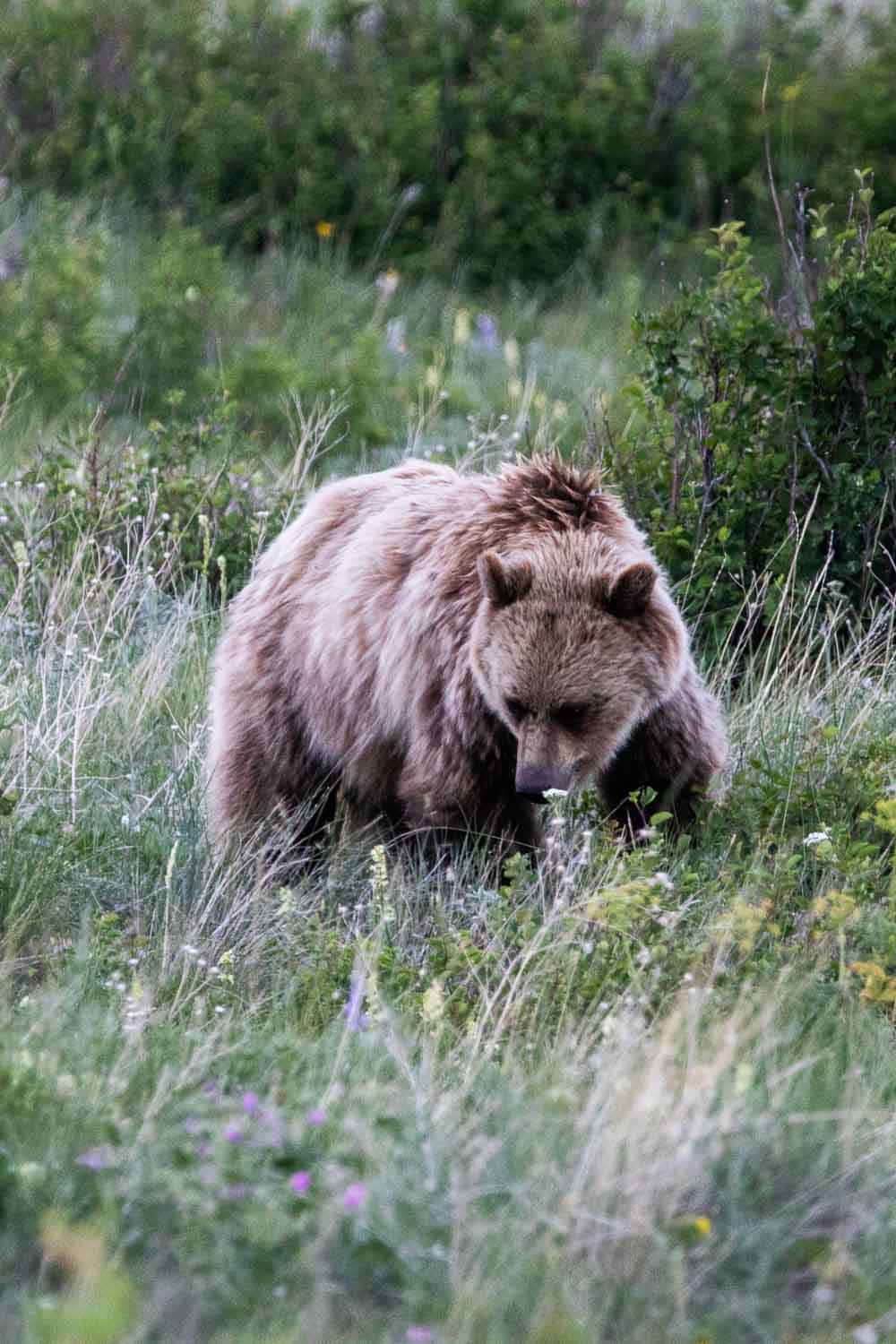
One New Grizzly DPS to Encompass All Six Current Recovery Zones
Establishing a single DPS encompassing all six recovery zones will provide a comprehensive and scientifically based framework for recovery. Grizzly bear distribution has significantly expanded, largely due to the commitments of state, federal, and Tribal agencies.
These partners have played a key role in the on-the-ground management of grizzly bears for over 40 years by dedicating significant resources toward monitoring and management; in addition, private landowners have made sacrifices to accommodate grizzly bears.
The Service also recognizes that recovery of small and extirpated populations relies on contributions from highly resilient populations. Maintaining all recovery zones together in one DPS will increase the speed of recovery in remaining ecosystems and the overall viability of grizzly bears, increasing the likelihood of successfully delisting the entire DPS by addressing the species’ recovery needs as a whole.
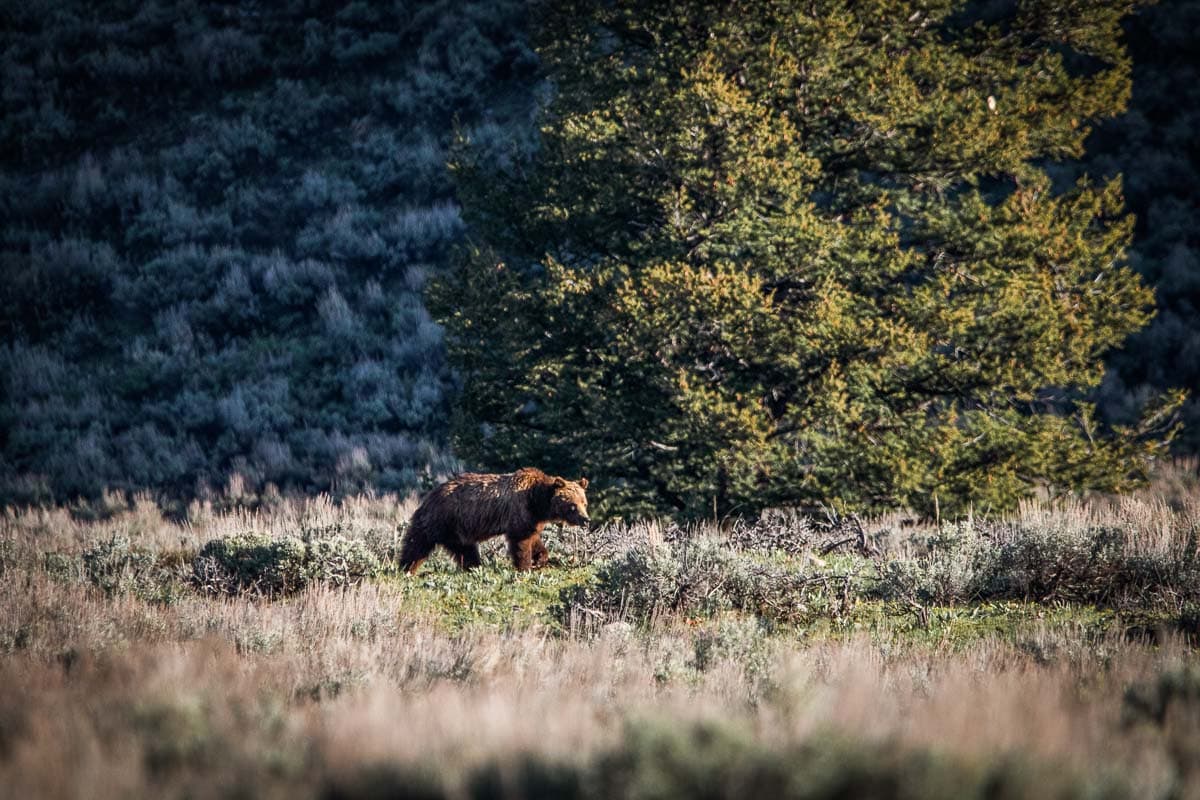
4(d) Rule
The Service’s proposed 4(d) rule will revise the existing rule to give management agencies and landowners greater flexibility and tools to take bears in the context of research and conflict management.
Grizzly bear expansion is challenging for local communities and working lands, and the Service is committed to a collaborative approach and helping partner agencies, private landowners, and livestock producers by providing additional management tools.
Management tools can be implemented along with important safeguards to promote connectivity and resiliency that are necessary for delisting.
The proposed 4(d) rule recognizes the need for added flexibility and responsiveness on private lands and areas where grizzly bear populations are impacting private landowners and livestock producers while continuing efforts to promote conservation in areas crucial to the eventual delisting of grizzly bears in the lower 48 as a whole.
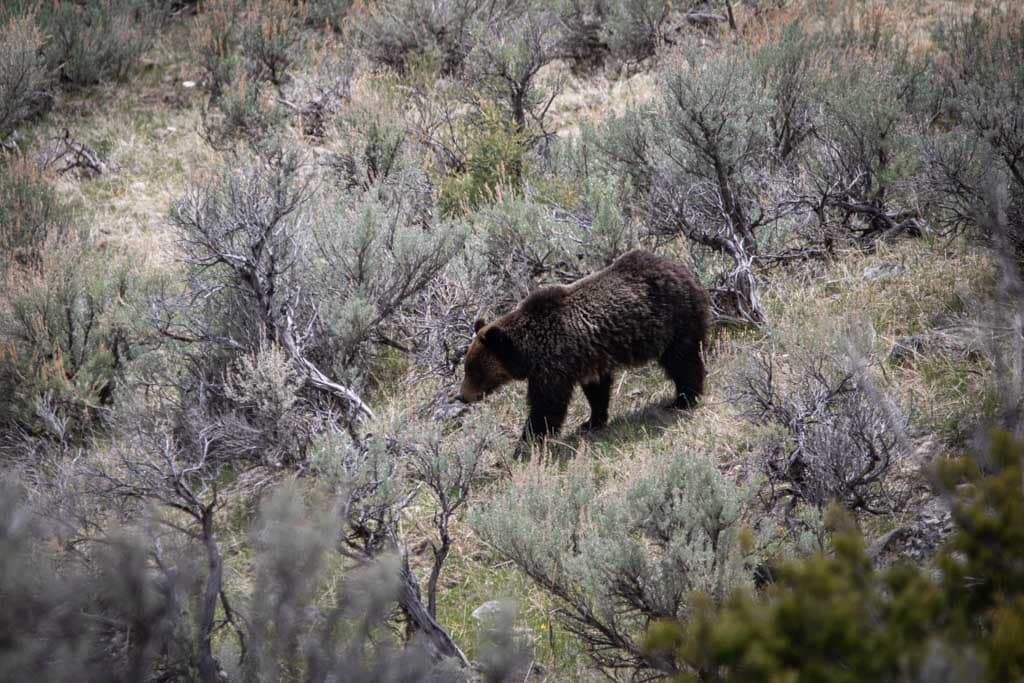
Praise From Conservation Groups
The USFWS’s decision to not delist grizzly bears was praised by conservation groups.
Drew Caputo, Earthjustice Vice President of Litigation for Lands, Wildlife, and Oceans said that “[w]e applaud the Fish and Wildlife Service for following the science and keeping grizzly bears protected. The best-available science shows that grizzly bears are not recovered, and the states have a demonstrated record of failing to manage grizzly bears responsibly.”
“Even with federal protections in place, in 2024 we saw more grizzly bears killed by humans than in any year since their listing 50 years ago. Grizzlies face increasing threats, including habitat loss, climate change, and human-wildlife conflicts. Stripping them of federal protections now would only raise their death count and threaten to reverse decades of conservation work,” he said.
At the National Parks Conservation Association, Allison Michalski, Northern Rockies Connectivity Program Manager, said that the “NPCA wholeheartedly supports the U.S. Fish and Wildlife Service’s decision today to retain Endangered Species Act protections for grizzly bear populations in Yellowstone, Grand Teton, and Glacier national parks.”
She applauded the joint efforts by several different stakeholders, while also warning about the future: “Thanks to years of hard work by state, federal and Tribal wildlife managers, in partnership with farmers, ranchers, and local communities, grizzly bear populations have recovered from the brink of extinction. However, with threats remaining, including a lack of genetic connectivity between Glacier, Grand Teton and Yellowstone grizzlies and problematic state laws and policies in Montana, Idaho and Wyoming, we still do not have a clear path to recovery. Bears, people, national parks, and our region’s unique working lands all benefit when we work together.”
Learn more about the threats that grizzly bears face in 21st century (plus how you can help) here.
For more information on the proposed rule (including supporting materials) and how to participate in the public comment process, please visit the project webpage at https://www.fws.gov/grizzlyrulemaking.

